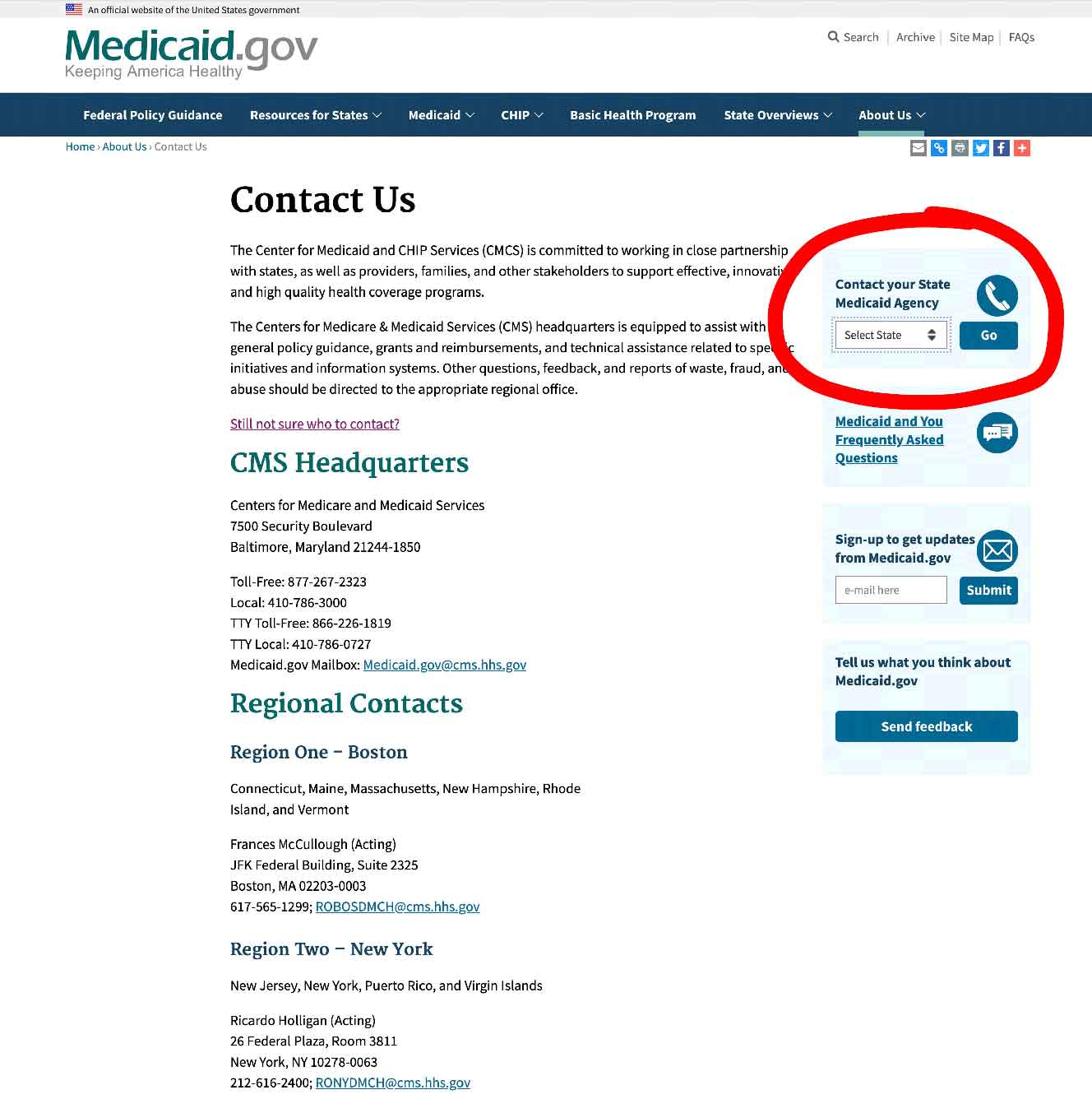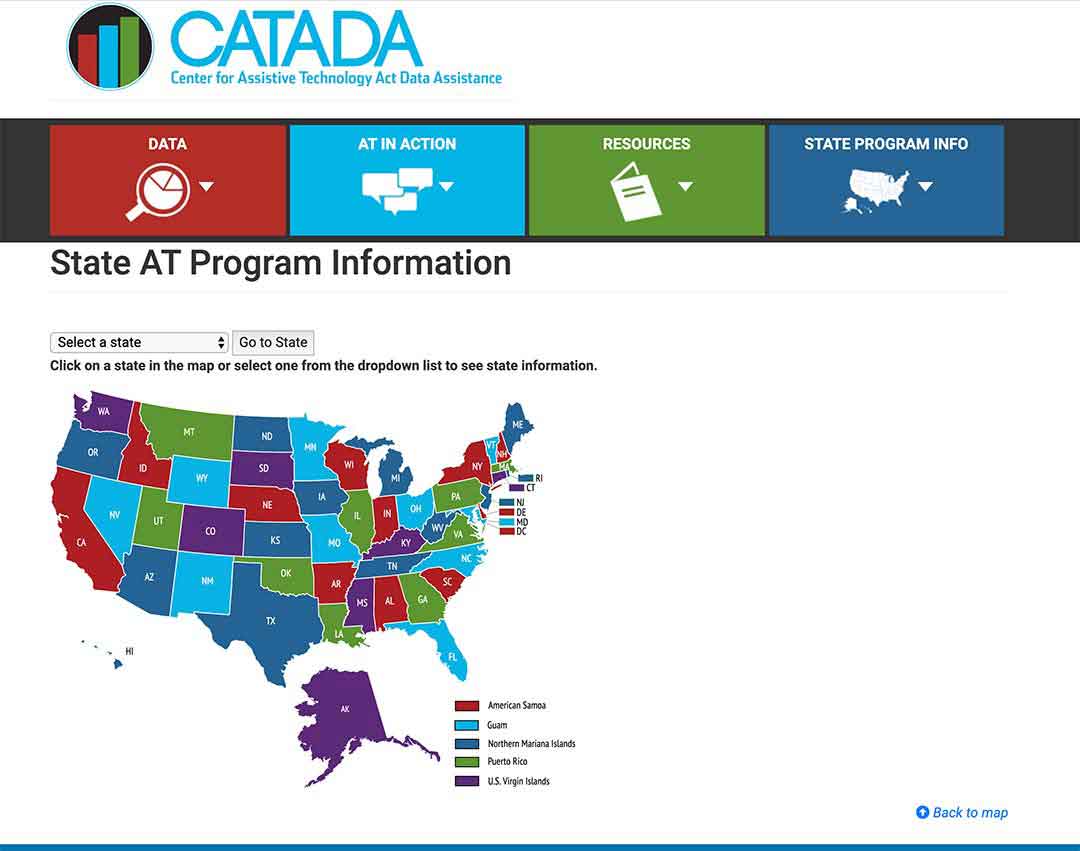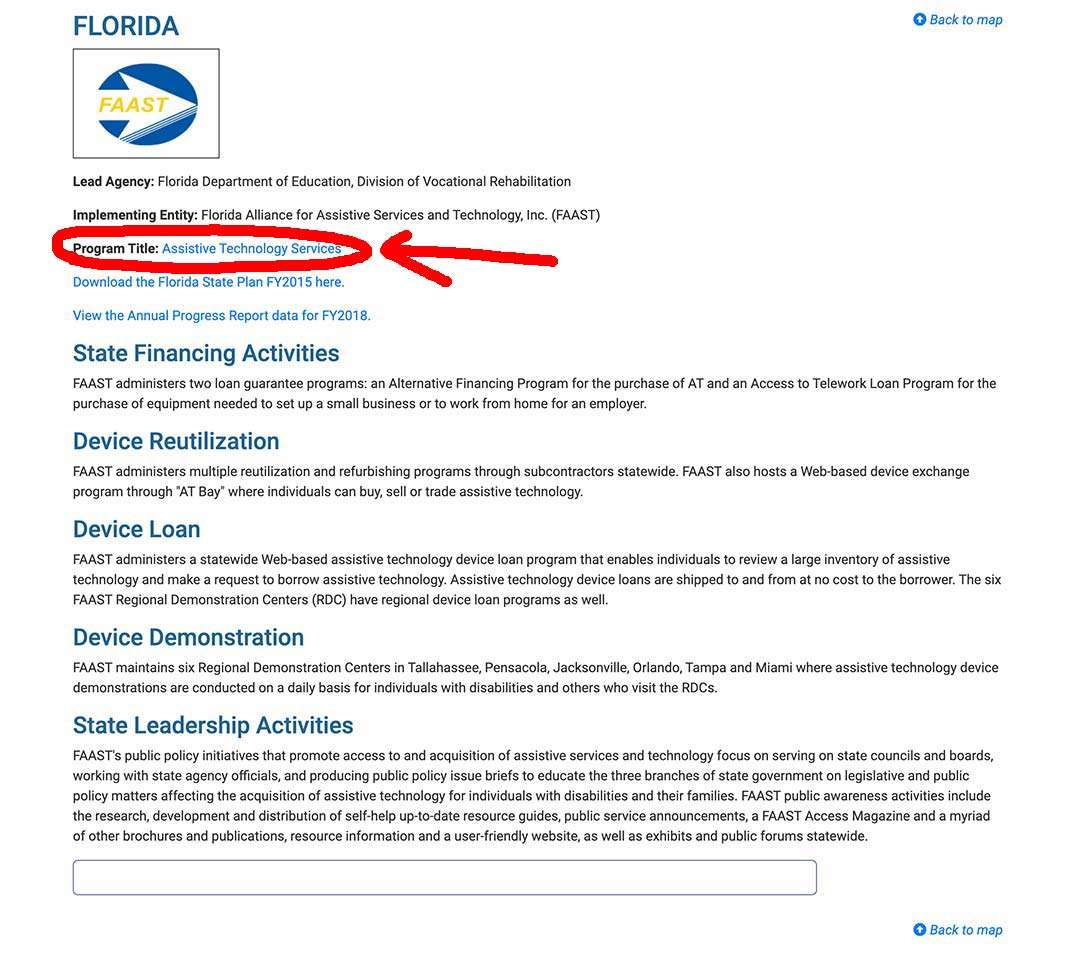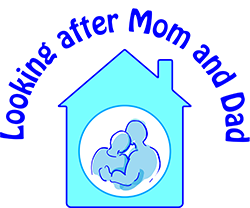As my mom’s caregiver, I am always looking out for things which may make life easier and more comfortable for her. Summer is coming soon, and it’s already threatening to be a tough one for the elderly. We are only in May, and we’re talking about maybe getting an air conditioner, so Mom wouldn’t find the heat so tiring.
Original Medicare Part B does not typically cover air conditioners for use in the home, as they are not considered to be “medically necessary”.
However, Medicare Advantage plans, starting in 2020, may cover air conditioners for asthma sufferers. Medicaid waivers, HCBS programs, waivers, 1915 waivers, Assistive Technology Projects or State Financial Assistance programs may cover air conditioners if you are eligible.
Contents Overview & Quicklinks
Why does Original Medicare typically reject air conditioner for coverage ?
Does Medicare cover ice machines ?
Does Medicare cover humidifiers ?
Will Medicare cover exercise equipment ?
Does Medicare cover bathroom equipment ?
What type of medical equipment does Original Medicare cover ?
How do you get coverage from Original Medicare Part B for DME ?
How do you get the DME once you have the signed prescription ?
How to locate a Medicare-enrolled Supplier near you ?
Does Medicare Advantage cover air conditioners ?
Durable Medical Equipment generally covered by Medicare if you qualify
Free help with understanding Medicare
Does Medicaid cover air conditioners ?
How to find the HCBS programs, waivers and 1915 waivers in your state ?
What is the procedure for obtaining DME coverage with Medicaid state waivers and HCBS programs ?
Why does Original Medicare typically reject air conditioners for coverage ?
“If you want a piece of equipment to be covered by Original Medicare it must fall into the category of Durable Medical Equipment, or DME, and must be medically necessary”.
Original Medicare does not consider air conditioners to be DME because it considers them “environmental control equipment” and “not primarily medical in nature“.
The same applies for air purifiers, dehumidifiers, room heaters and air cleaners – they are all denied Original Medicare coverage on the grounds that they are for environmental control, and for not being primarily medical in nature.
The information can be found in this document – “National Coverage Determination (NCD) for Durable Medical Equipment Reference List (280.1)”, and you can find it here.
Once you find your equipment, you will see if it is accepted for, or denied, coverage.
So, does Medicare cover ice machines ?
On an inpatient, or outpatient basis, Medicare covers 80% of the Medicare-approved price of certain cold and heat therapies, when they are prescribed as “medically necessary” by a Medicare-enrolled physician. They can be prescribed by a therapist, but this must be co-signed by a physician.
This coverage does not though extend to ice packs and cooling therapy items, considered by Medicare not to be “reasonable and necessary”.
As a result, “ice machines” do not fall do not qualify as Durable Medical Equipment.
This next passage below is from Blue Cross Blue Shield of Rhode Island (who must follow the Original Medicare guidelines when providing Medicare services).
“Cooling Devices used in the Home and Outpatient Setting”
Medicare “not reasonable and necessary:” Medicare indicates cooling therapy items do not fit the definition of reasonable and necessary and are therefore not be covered. Medicare defines services/items “not reasonable and necessary” as items not “reasonable and necessary for the diagnosis or treatment of illness or injury or to improve the functioning of a malformed body member.”
Services denied as not reasonable and medically necessary, under section 1862(a)(1) of the Social Security Act, are subject to the Limitation of Liability (Advance Beneficiary Notice) provision. Thus, to be held liable for denied charge(s), the beneficiary must be given appropriate written advance notice of the likelihood of non-coverage and agree to pay for services.
The source document is here.
This is another passage on cooling devices from –
Premera, Blue Cross – Cooling Devices Used in Outpatient Setting – May 2019
Medicare National Coverage
While there is no national coverage decision for Medicare, cooling devices are addressed in Durable Medical Equipment Resource Center (DMERC) policy.
Last reviewed in 2004, the policy reads as follows: A device in which ice water is put in a reservoir and then circulated through a pad by means of gravity is not considered durable medical equipment (DME). Other devices (not all-inclusive) which are also not considered to be DME are: single use packs which generate cold temperature by a chemical reaction; packs which contain gel or other material which can be repeatedly frozen; simple containers into which ice water can be placed. All of these types of devices must be coded A9270 if claims are submitted. Code E0218 describes a device which has an electric pump that circulates cold water through a pad.25
You can read the whole article here.
Ice packs, and other types of pack which you can freeze along with ice machines, are typically not seen as medically necessary, and so are not covered by Original Medicare.
Does Medicare cover walkers ?
My Mom has used a walker in the house since her hip replacement surgery, and following a little dizziness as her balance was at times a little off.
The walker crops up all over the house, and is used for getting in and out of bed, the shower and if she has to stand for a very long period of time when she has been a little dizzy.
Mom, who is now 91, gets up a number of times at night and is very stiff, and having the walker by the bed helps her as she straightens up into a standing position, and checks her balance is okay.
Walkers are a great asset to anyone with mobility or balance issues, and are probably the piece of equipment I most associate with the elderly.
Walkers come in quite a few varieties, from ones without wheels, ones with two legs and two wheels and then the four wheeled variety known as Rollators.
All walkers are typically covered up to 80% by Medicare, so long as they have been prescribed by a Medicare-enrolled physician, certifying that it is “medically necessary” according to the Original Medicare guidelines.
You will be responsible for your 20% co-payment, and your annual deductible if it applies.
Does Medicare cover humidifiers ?
Humidifiers can be covered up to 80% by Original Medicare if they are being used in combination with a covered piece of durable medical equipment for a medical need –
“Medicare covers humidifiers when there’s a medical need to use them with certain covered durable medical equipment (DME), like continuous positive airway pressure (CPAP) devices, respiratory assist devices, or oxygen equipment. “
Source: Medicare.gov – you can see the whole text here.
If a humidifier is just being used to change the humidity of a room, but it is not part of a “medically necessary” treatment which has been prescribed by a Medicare-enrolled doctor, it will not get any coverage – it is considered to be simply environmental and only for comfort, which means it doesn’t qualify, in this instance, as durable medical equipment.
Does Medicare cover exercise equipment ?
Original Medicare doesn’t cover exercise equipment, but it does cover physical and occupational therapy treatments which use exercise equipment.
Medicare Advantage plans may have coverage for exercise programs, but not equipment.
Original Medicare doesn’t view exercise equipment, or exercise classes, as “medically necessary”.
Original Medicare does cover physical therapy and occupational therapy where it has been prescribed as “medically necessary” by a physician.
The therapist must be providing the physiotherapy or occupational therapy treatment on an outpatient basis, must be Medicare-certified, and the therapy must be part of a regularly reviewed treatment by the prescribing physician.
As with equipment, you will need to make sure that your therapist charges the Medicare-approved prices.
Original Medicare typically covers 80% of the Medicare-approved fee.
You will pay your remaining 20% coinsurance payment.
Plus your policy deductible, if it applies.
Does Medicare cover bathroom equipment ?
Medicare gives coverage to equipment that it determines as “medically necessary”, and, unfortunately, a large proportion of equipment which works to help the elderly maintain their independence in their homes, creating a safe environment, is not “medically necessary”.
All the following items for bathroom safety will not be covered by Medicare –
- grab bars
- raised toilet seats
- bath lifts
- floor to ceiling poles
- shower chairs
- shower benches
- bath chairs
- toilet safety frames
- walk in bathtubs
- transfer benches and chairs
- bathtub assist bars
Luckily, for elderly adults who have serious problems with mobility, the following equipment is covered and can be used in the bathroom –
- crutches
- walkers
- bedside commodes
Bedside commodes (if it is a 3 in 1) can be used as a raised toilet seat, a shower chair (if they are waterproof), and also as a safety frame for the toilet.
My mom has used her bedside commode as a raised toilet seat, a chair for leg and foot baths after her hip replacement, and as a chair, as well as a bedside commode.
Walkers can be used in the bathroom as an aid to standing at a counter for longer periods, in the shower if they are waterproof, and also, as my mom does, to help with stepping up into the shower and then back down and out.
If you have a Medicare Advantage Plan, you may already be able to have your bathroom safety equipment covered if you are suffering from a chronic illness.
The first Medicare Advantage Plans which were allowed to offer new benefits for individuals with chronic illnesses were rolled out in 2020, and among the benefits allowed was some bathroom safety equipment.
What type of equipment does Original Medicare usually cover ?
Original Medicare Part B typically gives coverage of 80% of the cost of items for use in the home that it agrees are “durable medical equipment”, also known as DME, and that are “medically necessary” in the particular case.
I have put together a long list of Durable Medical Equipment covered by Medicare, which you can jump down to here.
For Medicare to consider equipment as Durable Medical Equipment, it needs to meet certain criteria :-
- Durable (can withstand repeated use)
- Used for a medical reason
- Not usually useful to someone who isn’t sick or injured
- Used in your home
- Generally has an expected lifetime of at least 3 years
Source: Medicare.gov website – here
Examples of medical equipment which Medicare gives coverage to are wheelchairs, crutches and walkers, hospital beds, respirators, patient lifts, bed trapezes and medical oxygen which are all seen as medically necessary.
Comfort or convenience items are not covered by Medicare, items such as shower chairs, air purifiers, room heaters, wigs, cold packs and massage devices are all denied coverage.
As I said above, Original Medicare’s coverage typically extends to 80 % of the cost of the durable medical equipment, and you will have to pay your co-payment of 20%, and also, if it applies, your annual deductible.
How do you get coverage from Original Medicare Part B for DME ?
You can receive coverage from Original Medicare Part B for Durable Medical Equipment for “use in the home” only if –
- you are enrolled in Medicare Part B
- you have your Medicare-enrolled doctor sign a prescription certifying that the equipment is a “medically necessary”
- you purchase or to rent the DME through a Medicare-enrolled supplier
What counts as “living at home” for Medicare ?
Original Medicare defines “living at home” as –
- living in your own home
- living in the family home
- living in the community, such as assisted living
How do you get the DME once you have the signed prescription ?
Having obtained your prescription from your doctor –
- the first step is to locate a Medicare-enrolled DME supplier
- use a Medicare-enrolled “participating supplier who accepts “assignment’ so you keep your costs as low as possible
- pick out the equipment which corresponds to your prescription with the supplier – there will be codes on the prescription which indicate what you are allowed to have coverage for
- to comply with Original Medicare coverage guidelines, make sure that you do all the paperwork correctly with the supplier
If you followed the process correctly, Medicare part B typically covers 80% of the Medicare-approved price for your DME.
You will only have your 20% Medicare coinsurance payment (and if it applies, your annual deductible to pay) as long as you are purchasing or renting your DME from a Medicare-enrolled “participating” supplier who accepts “assignment”.
A supplier, who is not a Medicare-enrolled “participating” supplier who accepts “assignment”, can charge you at least 15% more, so do check that they are.
How to locate a Medicare-enrolled DME Supplier near you
You can use this link to find a Medicare-approved supplier who is local to you – Medicare.gov
Does Medicare Advantage cover air conditioners ?
Medicare Advantage plans are run by private companies contracted by Medicare to provide all the Medicare services, and coverage, that Original Medicare Parts A and B gives.
As of 2020, Medicare Advantage plans were allowed to add some new benefits to their policies for individuals with chronic illnesses, so that they can tailor the policies to their clients.
One such possible new benefit could be air conditioners for asthma sufferers and people with other respiratory illnesses.
As far as how to get coverage, where to get equipment, and the procedures if you have an Advantage plan, these will depend on who your provider is, and you should consult them on how exactly to proceed.
List Durable Medical Equipment typically covered by Medicare
If you don’t find the equipment you are looking for in my list of Medicare covered DME below, you can use this link to Medicare.gov
Air-Fluidized Bed
Alternating Pressure Pads and Mattresses
Audible/visible Signal Pacemaker Monitor
Pressure reducing beds, mattresses, and mattress overlays used to prevent bed sores
Bead Bed
Bed Side Rails
Bed Trapeze – covered if your loved one is confined to their bed and needs one to change position
Blood sugar monitors
Blood sugar (glucose) test strips
Canes (however, white canes for the blind aren’t covered)
Commode chairs
Continuous passive motion (CPM) machines
Continuous Positive Pressure Airway Devices, Accessories and Therapy
Crutches
Cushion Lift Power Seat
Defibrillators
Diabetic Strips
Digital Electronic Pacemaker
Electric Hospital beds
Gel Flotation Pads and Mattresses
Glucose Control Solutions
Heat Lamps
Hospital beds
Hydraulic Lift
Infusion pumps and supplies (when necessary to administer certain drugs)
IPPB Machines
Iron Lung
Lymphedema Pumps
Manual wheelchairs and power mobility devices (power wheelchairs or scooters needed for use inside the home)
Mattress
Medical Oxygen
Mobile Geriatric Chair
Motorized Wheelchairs
Muscle Stimulators
Nebulizers and some nebulizer medications (if reasonable and necessary)
Oxygen equipment and accessories
Patient lifts (a medical device used to lift you from a bed or wheelchair)
Oxygen Tents
Patient Lifts
Percussors
Postural Drainage Boards
Quad-Canes
Respirators
Rolling Chairs
Safety Roller
Seat Lift
Self-Contained Pacemaker Monitor
Sleep apnea and Continuous Positive Airway Pressure (CPAP) devices and accessories
Sitz Bath
Steam Packs
Suction pumps
Traction equipment
Ultraviolet Cabinet
Urinals (autoclavable hospital type)
Vaporizers
Ventilators
Walkers
Whirlpool Bath Equipment – if your loved one is home bound and the pool is medically needed. If your loved one isn’t home bound, Medicare will cover the cost of treatments in a hospital.
Prosthetic and Orthotic Items
Orthopedic shoes only when they’re a necessary part of a leg brace
Arm, leg, back, and neck braces (orthotics), as long as you go to a supplier that’s enrolled in Medicare
Artificial limbs and eyes
Breast prostheses (including a surgical bra) after a mastectomy
Ostomy bags and certain related supplies
Urological supplies
Therapeutic shoes or inserts for people with diabetes who have severe diabetic foot disease.
Free help with understanding Medicare
SHIP – State Health Insurance Assistance Programs
If you need help with working out Medicare, Medicaid and Medigap, it is available from your State Health Insurance Assistance Program in the form of free over the phone counseling.
Read my short guide outlining how to find your SHIP and get your free help – “Free Help Understanding Medicare And Medicaid ? Here’s Where You Get It”.
Does Medicaid cover air conditioners ?
Each state has many options with regard to what can be done with Medicaid.
Due to the fact that Medicaid is funded both federally, and by the state, Medicaid will often agree to waive eligibility requirements for different programs to help widen their scope, or to capture a specific demographic.
The programs on which Medicaid agrees to waive requirements are called “waivers”.
As a result, each state may have its own “waivers” which are there specifically to protect, and to assist the elderly and disabled to remain living independently in their own homes, or with moving back from nursing homes into their own homes.
Health Care in the home – Medicaid and state programs
Programs which are focused on health care in the home are called “Home and Community Based Services” (HCBS), “Waivers” or “1915 Waivers”.
The programs are designed to help the participants maintain their independence, while living in their own homes, and in the community.
A “home” for the beneficiaries of the programs can be –
- their own home
- their family home
- a group home
- an assisted living facility
- a custodial care facility
Such programs and waivers, will all help to cover “home medical equipment” for the participants – durable medical equipment and even remodeling to help with access and safety, and sometimes they will cover up to 100% of the cost.
If you want to see what programs you may be eligible for, contact your State Medicaid Agency here.
To get more information on HCBS programs, or waivers, take a look here on Medicare.gov –
https://www.medicaid.gov/medicaid/hcbs/authorities/index.html
Programs and waivers which offer greater latitude in what they consider to be durable medical equipment
There are two types of state programs on which a participant may have a chance of being allowed a wider range of durable medical equipment –
HCBS programs and waivers using the type of participant budget management called either “Consumer Direction” or “Self Direction”.
A beneficiary of these programs is allowed, with the help of an appointed financial advisor, to purchase items which are necessary to them maintaining their independence, with their budget.
All types of equipment are allowed, if they are medically necessary, and vital to the participant’s continued independence.
You can find out more about Medicaid Self Direction if you click here.
The Medicaid program “Money Follows The Person”
Medicaid originally set up this program to help those elderly adults, who were residing in nursing homes, to make the transition back to their own homes.
Medicaid now supports individual states with the funding to build a new “Money Follows The Person” programs, or to transform a program they already have in their state, into a “Money Follows The Person” program.
The program will fund all the necessary medical equipment for participants which enables them to transition safely back to their homes.
This can be simple DME, or larger projects, such as remodeling parts of homes.
How to find the HCBS programs, waivers and 1915 waivers in your state
I’ve put together a list of all the HCBS Waivers, 1915 Waivers, and HCBS Programs, for the elderly, which are available in each state, and have linked to all the different program websites.
In addition, you’ll find all the Money Follows The Person programs and the PACE Programs – Programs of All-inclusive Care for the Elderly – for care in the home – “Medicaid Home and Community Based Services Waivers and Programs For Seniors Listed By State”.
What’s the procedure for obtaining DME coverage with Medicaid, state waivers and HCBS programs ?
Step 1
– the doctor, or therapist, has to provide a medical justification letter, stating it is medically necessary
Step 2
– find a Medicaid-approved DME supplier, and give them the medical justification letter
Step 3
– the Medicaid-approved supplier fills out a Prior Approval Application form for Medicaid
Step 4
– the Prior Approval Application is sent to the Medicaid State Office
Step 5
– if you are unsuccessful you will be contacted and given the reasons as to why, as well as advice on how to make an appeal
Step 6
– if approved, you will receive the DME
If your income is a bit too high to qualify for Medicaid
Spend Down Programs
Medicaid Spend Down programs can help to reduce a person’s income, or asset + income level, so that they may become eligible for Medicaid coverage.
I’ve written an article outlining who is eligible for Spend Down, how a spend down works, and how you know if you qualify. You can read that here – What is Spend Down ?
To find your State Medicaid State Agency
If you want to, you can contact your state Medicaid Agency here.
Step 1 –
Click the link to Medicaid.gov and look for the section that I have outlined in red.

Step 2 –
Select your state and click on the button they have marked “GO” – it will take you to your State Medicaid Agency with all their contact info.

State Funding Assistance
Assistive Technology Programs
Each state has a State Assistive Technology Program, which is meant to improve access to assistive devices in the home, primarily for elderly and disabled individuals.
State Assistive Technology Programs should have at least these services –
- an online exchange where a state resident can post used assistive devices and medical equipment for sale, donation, or exchange and buy used equipment – all state residents can just register and participate
- a main website where you can register and ask about access to free or cheap medical equipment
- recycling programs with centers which are run by the state program to provide free, or extremely low cost equipment for the disabled, the elderly – often the state partners with community groups that run centers and already have established networks for finding and distributing the used equipment
- some states have long term, or short term loan closets where state residents can borrow equipment
Assistive Technology Programs will also keep registers of elderly and disabled individuals who have applied to the project and who need help so they can contact them if equipment becomes available.
If you want to know more, go to your State Assistive Technology Program website.
To see what projects are in your state, click here.
Step 1/
Pick your state on the map or the drop-down menu, and click on “Go to state”
– I chose Florida for this example

Step 2/
Click on the link “Program Title” – for my example, I outlined it in red.

Step 3/
The AT Program state website will come up, and you can sign up, or use their contact info.

State Financial Assistance Programs
Non-Medicaid State Financial Assistance Programs, which don’t exist in every state, serve to help the elderly and the disabled to remain living independently in their own homes.
The programs will pay for assistive devices, safety equipment, durable medical equipment, as well as home modifications, using grants and loans or a combination of the two.
To find out if you live in a state which has a State Financial Assistance Program for the elderly and the disabled, just ask your local Area Agency on Aging.
Summary
Air conditioners are not considered to be durable medical equipment, and will not typically get coverage with Original Medicare Part B for use in the home.
Typically, air conditioners, dehumidifiers, humidifiers (except in special circumstances when they are used in combination with durable medical equipment), air purifiers and room heaters are considered to be for “environmental control” and “not primarily medical in nature” and do not receive Medicare coverage.
Bathroom safety equipment also does not receive coverage either as it is considered either as “convenience” or “comfort” items, so it doesn’t qualify as “durable medical equipment” for “use in the home” under Original Medicare Part B.
The equipment to which Original Medicare Part B gives coverage is called durable medical equipment, and is equipment which is considered “medically necessary”, so long as you have –
- qualified under the Medicare guidelines
- a signed prescription from a Medicare-enrolled doctor
- used a Medicare-enrolled supplier
After which, Original Medicare Part B will typically cover 80% of the Medicare-approved price for durable medical equipment.
You are responsible for your 20% co-payment and, if it applies, your policy deductible.
Individuals can also qualify for equipment coverage through –
- Medicaid HCBS programs, waivers,1915 waivers
- non-Medicaid state financial assistance programs
- their State Assistive Technology Program
Or find an air conditioner on their online equipment exchange.
I’m Gareth, the author and owner of Looking After Mom and Dad.com
I have been a caregiver for over 10 yrs and share all my tips here.

